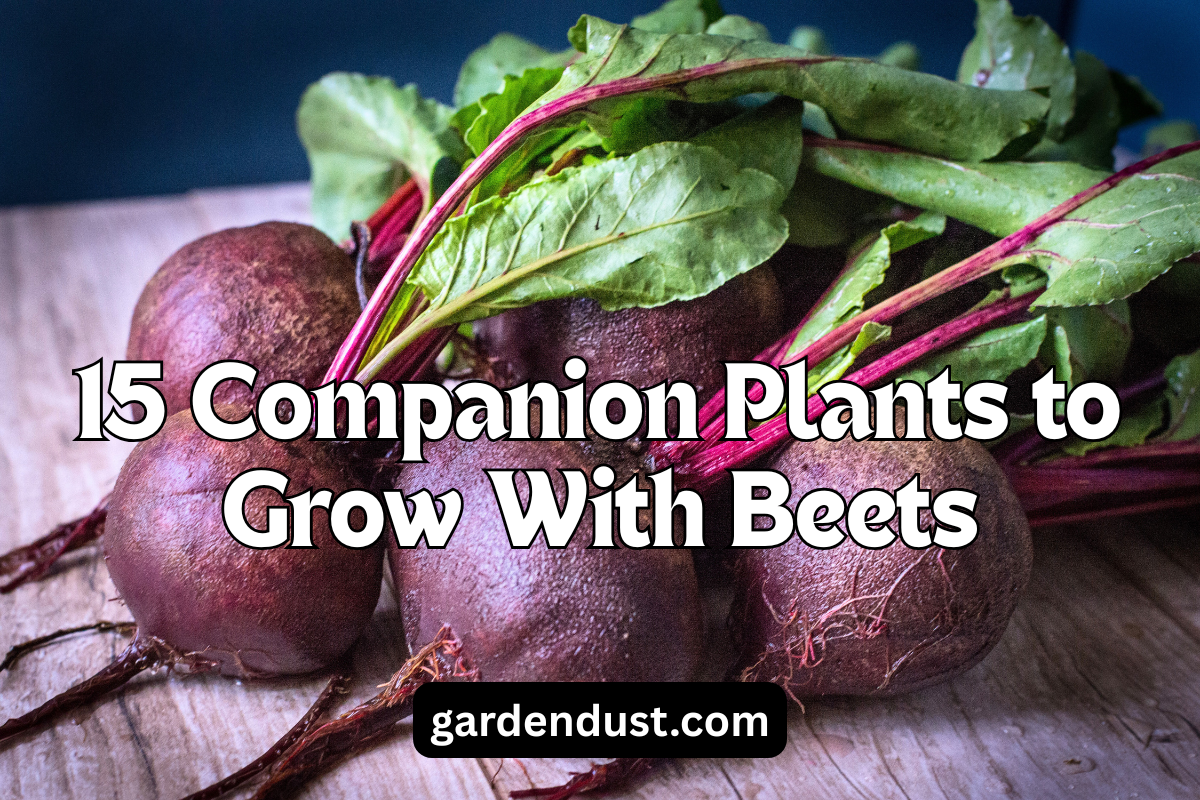What is Tomato Fruitworms?
Tomato fruitworms (Helicoverpa zea), also known as corn earworms or cotton bollworms, are destructive pests that primarily target tomato plants, as well as various other crops like corn and cotton. These larvae feed on the leaves, flowers, and fruit of tomato plants, causing significant damage to the crop. Their ability to bore into fruits often goes unnoticed until harvest, leading to economic losses for farmers and gardeners. Integrated pest management strategies, such as using natural predators and applying appropriate pesticides sparingly, are crucial for controlling tomato fruitworm infestations and minimizing their impact on agricultural yields. In this Article on we will explore how to prevent Tomato Fruitworms each aspect in detail:
Symptoms :-


Tomato fruitworms primarily damage tomato fruits but can also feed on the foliage. The symptoms of their presence include:
- Fruit damage: Fruitworms feed on the tomato fruits, creating small entry holes usually near the stem end. They burrow inside the fruit, feeding on the pulp and seeds, causing internal damage.
- Fecal frass: Tomato fruitworms leave behind dark, pellet-like droppings called frass. Frass can often be seen near the entry holes or on the surface of the fruit.
- External damage: In addition to internal damage, fruitworm feeding can lead to surface scars, shallow gouges, or secondary infections that can cause rotting.
What Causes Of Tomato Fruitworms?
Tomato fruitworms are moth larvae that hatch from eggs laid by adult moths. These pests are primarily attracted to tomato plants due to several factors, including:
- Adult moth activity: Adult fruitworm moths are attracted to tomato plants and lay eggs on the leaves, stems, or developing fruits.
- Warm weather: Fruitworms thrive in warm temperatures, and their populations tend to increase during periods of high heat.
- Weedy areas: Fruitworm moths are often drawn to weedy areas near the garden, where they can find suitable hosts for laying their eggs.
How To Prevent Tomato Fruitworms?
There are several measures you can take to manage tomato fruitworms and reduce their impact on your tomato plants:
- Handpicking: Regularly inspect your tomato plants for signs of fruitworm infestation, such as entry holes or frass. Handpick and remove any affected fruits or larvae you find. Destroy the larvae to prevent them from causing further damage.
- Beneficial insects: Encourage natural predators such as birds, parasitic wasps, and predatory insects like ladybugs and lacewings, which feed on fruitworms and help control their populations. Planting nectar-rich flowers near your tomato plants can attract these beneficial insects.
- Traps: Use pheromone traps to attract and capture adult fruitworm moths. These traps contain synthetic pheromones that mimic the female moth’s scent, attracting the males and reducing mating success.
- Biological controls: Bacillus thuringiensis (Bt) is a naturally occurring bacterium that produces proteins toxic to many caterpillar pests, including fruitworms. Apply Bt-based insecticides to the foliage of tomato plants according to the manufacturer’s instructions.
- Insecticides: If infestations are severe and other control methods have proven ineffective, you may consider using insecticides specifically labeled for tomato fruitworm control. Always follow the instructions on the product label and be mindful of any potential impacts on beneficial insects and the environment.
- Cultural practices: Implement cultural practices to reduce fruitworm populations. Regularly remove weeds from the garden and nearby areas to eliminate potential host plants and breeding grounds for fruitworm moths.
Tomato fruitworms can cause significant damage to tomato fruits if left unchecked. By implementing a combination of preventive measures, such as handpicking, encouraging beneficial insects, using traps and biological controls, and considering targeted insecticide applications, when necessary, you can effectively manage tomato fruitworms and protect your tomato plants. Regular monitoring and early intervention are key to preventing extensive damage and ensuring a healthy tomato harvest. Happy Gardening….
READ ALSO :-How To Treat Tomato Yellow Leaf Curl Virus In Tomatoes Plant?
READ ALSO :-Septoria Leaf Spot On Tomatoes Plant







